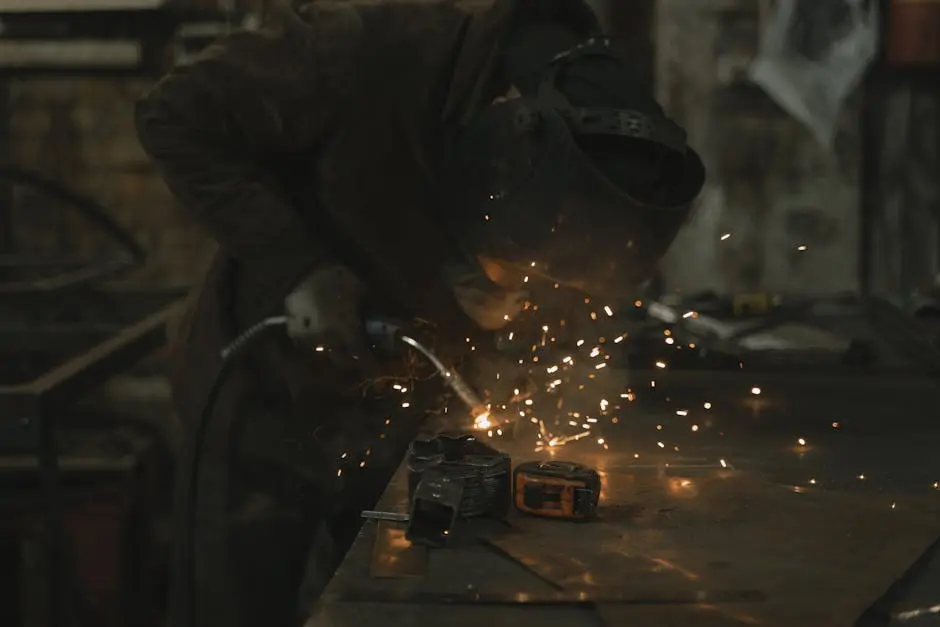7 Top Tips for Securing Bulldozer Financing for Your Construction Business
Securing financing for heavy equipment can be a complex process. However, with the right approach and knowledge, you can effectively obtain the bulldozer financing you need for your construction business. This article lays out the top strategies to help you navigate through the financing process with ease and confidence.
1. Understand Your Credit Score and Financial Health
Before seeking financing, it’s crucial to know where you stand financially. Lenders will look closely at your credit score and overall financial health. Ensure you pay off any outstanding debts and manage your credit wisely to improve your chances.
A strong credit score is essential in securing favorable terms. Regularly monitor your credit report to identify and rectify any discrepancies. It’s also important to keep your credit utilization low and avoid opening new credit lines unnecessarily. All these measures will show lenders that you are a reliable borrower.
Additionally, maintaining a solid financial history can make a significant impact. Lenders feel more secure when they see that you have consistently met your financial obligations. Having a clear understanding of Uniform Administrative Requirements and Cost Principles can further streamline your approach for federal awards if applicable.
2. Research Different Financing Options
Explore various financing solutions available for bulldozers, including loans, leases, and hire purchases. Compare interest rates, terms, and repayment options to find the best fit for your business needs.
Construction industry sometimes can be risky and rewarding for lenders at the same time. But during economic downturn, banks and lenders typical tightens up their credit requirements when it comes to financing construction equipment.
Different lenders offer varied financing products, each with its own set of benefits and drawbacks. For example, leasing may reduce upfront costs and offer tax advantages, while traditional loans might offer long-term ownership benefits but require a higher initial outlay. Consider consulting a financial advisor to fully understand which option aligns best with your business goals.
3. Prepare a Solid Business Plan
A well-prepared business plan demonstrates to lenders that you have a clear strategy for utilizing the financed equipment. Include projections, anticipated earnings, and a thorough analysis of how the bulldozer will enhance your operations.
Lenders seek detailed insights into your intended use of the financing. A comprehensive business plan should outline your operational needs, projected income, and market analysis. Highlighting past successful projects can also provide tangible proof of your business acumen and ability to effectively use the financed equipment for growth.
Your business plan should also address any potential risks and your strategy for mitigating them. This proactive approach assures lenders of your foresight and preparedness, increasing the likelihood of securing the best possible terms for your bulldozer financing.
4. Choose the Right Lender
Not all lenders are created equal. Identify lenders who specialize in heavy equipment financing and have experience working with construction businesses. Look at their reputations, customer reviews, and the flexibility of their financing options.
Building relationships with lenders can also be beneficial. A lender who understands your business and industry is more likely to offer tailored financing solutions. Additionally, consider the lender’s willingness to offer customer support and other services that could assist in the management of your financial obligations.
It’s also worthwhile to explore both traditional banks and alternative financing sources such as online lenders or equipment financing companies. These alternatives may offer more competitive rates or innovative loan structures that could better suit your specific needs.
5. Gather Necessary Documentation
Having all required documentation ready can streamline the application process. Typical documents include financial statements, tax returns, proof of business ownership, and detailed information about the equipment you wish to finance.
Organizing and preparing your documents in advance demonstrates professionalism and readiness. Lenders require transparent insights into your business operations and financial health. Having updated records and accurate projections available will facilitate smoother and more efficient interactions with potential financiers.
6. Consider Down Payments
Offering a significant down payment can not only reduce the amount you need to finance but also show lenders that you are committed and financially capable. This can improve your chances of securing the financing with better terms.
Making a larger down payment reduces the lender’s risk and therefore may result in more favorable interest rates and terms. It can also shorten the repayment period, saving you money in the long run. Evaluate your financial situation to determine the maximum down payment you can afford without compromising your business’s cash flow.
7. Understand All Terms and Conditions
Before signing any agreement, thoroughly review the terms and conditions. Understand the interest rates, repayment schedule, fees, and any penalties for early repayment. Clear understanding prevents future financial strain.
Transparency is key when negotiating financing terms. Request clarification on any conditions you find unclear or potentially restrictive. Knowing every detail of your financing agreement prevents unexpected costs and ensures that the terms align with your business capabilities and growth projections.

